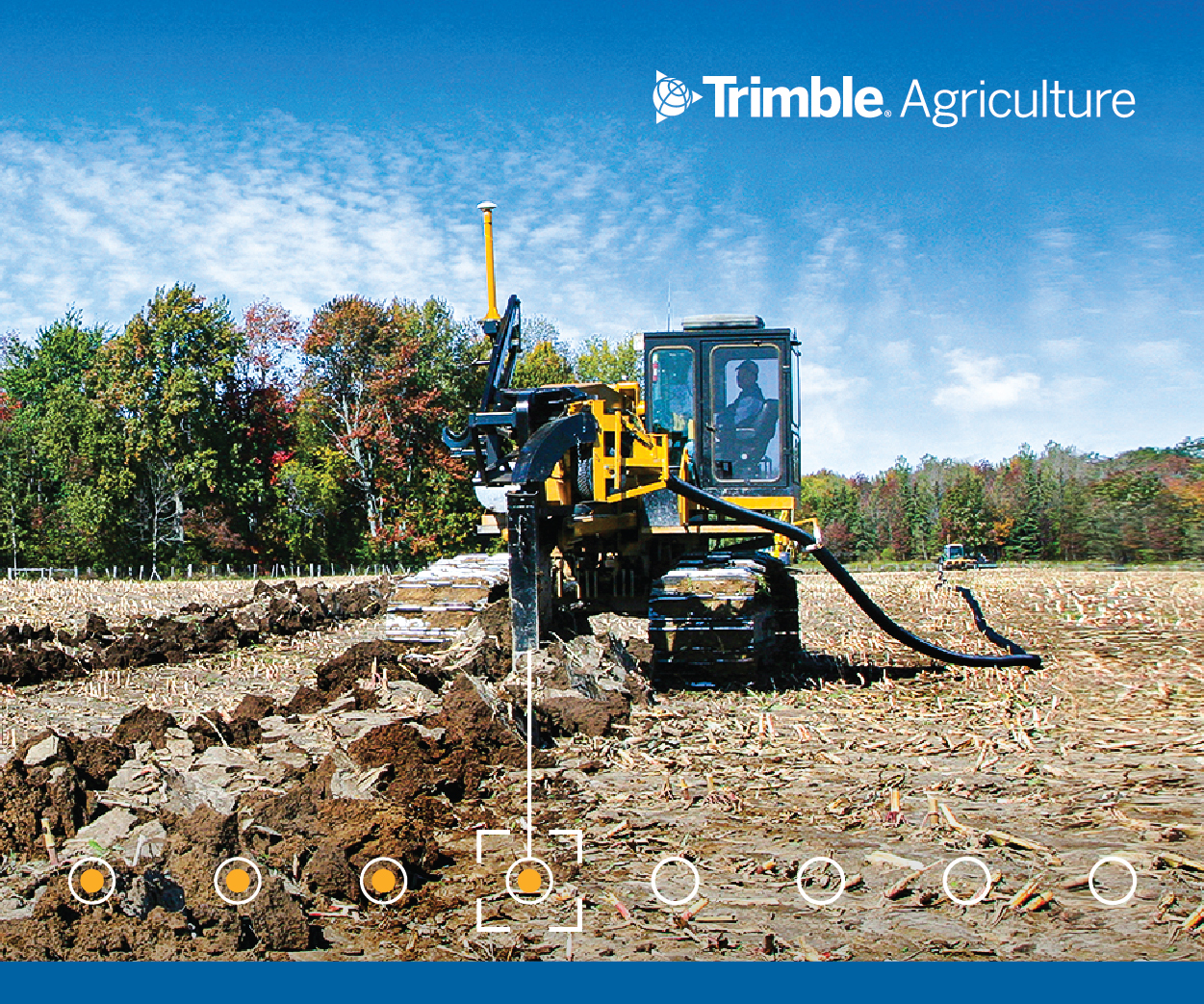| |
| |
 |
 |
| |
 |
|
@{mv_date_MMM d, yyyy}@ |
|
| |
 Study results suggest this occurs when the abundance of genes nirK, nirS and nosZ are significantly inhibited.
» Read More...
Study results suggest this occurs when the abundance of genes nirK, nirS and nosZ are significantly inhibited.
» Read More...
The latest Census of Agriculture, which is current as of 2021, reports a more-than-10 percent decrease in farmland in the province.
» Read More...
Pipe material affects the flow of water in subtle, yet important ways, and can make a crucial difference from a conservation drainage perspective.
» Read More...
|
| |
|
| |

Another episode of the Water Table podcast was recorded "on the road" at NACADE! Karl Guetter, Farmer and Ag Segment Lead of Prinsco, guests hosts the episode with Dr. Matt Helmers of Iowa State University, Director of the Iowa Nutrient Research Center. From hanging out with Grandpa to a career in agricultural water management, Dr. Matt Helmers has gained a wealth of knowledge. Find out why he thinks drainage water recycling has massive potential to change the ag industry. Listen and subscribe today on apple podcasts or watch on Youtube.
» Listen now... |
| |
|
| |
 After a lengthy nomination and evaluation period, the editorial and publishing team at Drainage Contractor have named four individuals to its second-ever class of GroundBreakers. Honorees include a contractor whose efforts to improve water quality have led him to install more than 50 saturated buffers; a researcher and instructor who has developed crucial software for the industry; a professor whose work on shallow drainage was the first of its kind; and a contractor who is known for going above and beyond and installing unconventional systems.
» Read More...
After a lengthy nomination and evaluation period, the editorial and publishing team at Drainage Contractor have named four individuals to its second-ever class of GroundBreakers. Honorees include a contractor whose efforts to improve water quality have led him to install more than 50 saturated buffers; a researcher and instructor who has developed crucial software for the industry; a professor whose work on shallow drainage was the first of its kind; and a contractor who is known for going above and beyond and installing unconventional systems.
» Read More... |
| |
| |
|
| |

It’s important to pay attention to drainage when analyzing your farm’s performance. Trimble’s WM-Drain ® farm drainage solution, paired with WM-Subsurface™ design software, is a toolset that streamlines the survey, analysis, design, installation, and verification steps of surface and subsurface drainage. Complete all your drainage operations with one integrated solution providing significant benefits, such as: improving crop yields by up to 30%, maintaining a more developed root zone for better nutrient absorption, removing excess water from the field and lower plant stress, and reducing field compaction and minimize soil erosion.
» Learn more... |
| |
|
| |
|
|
| |
| |






